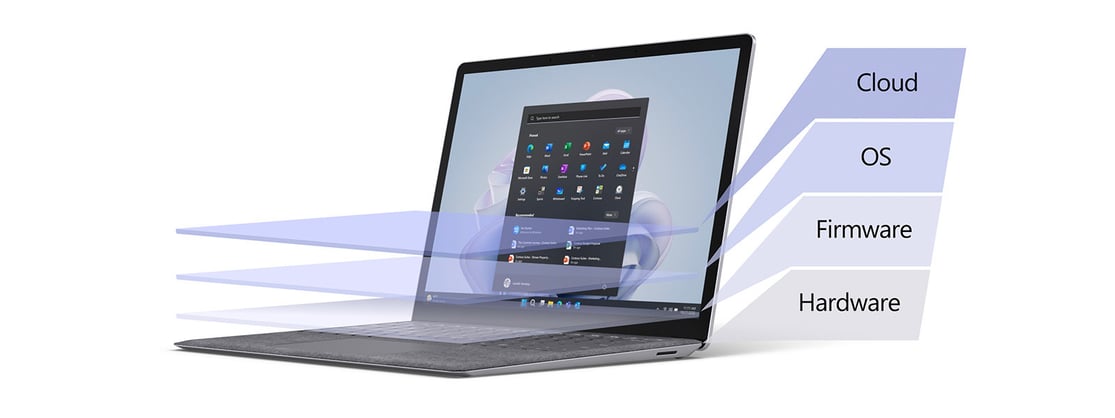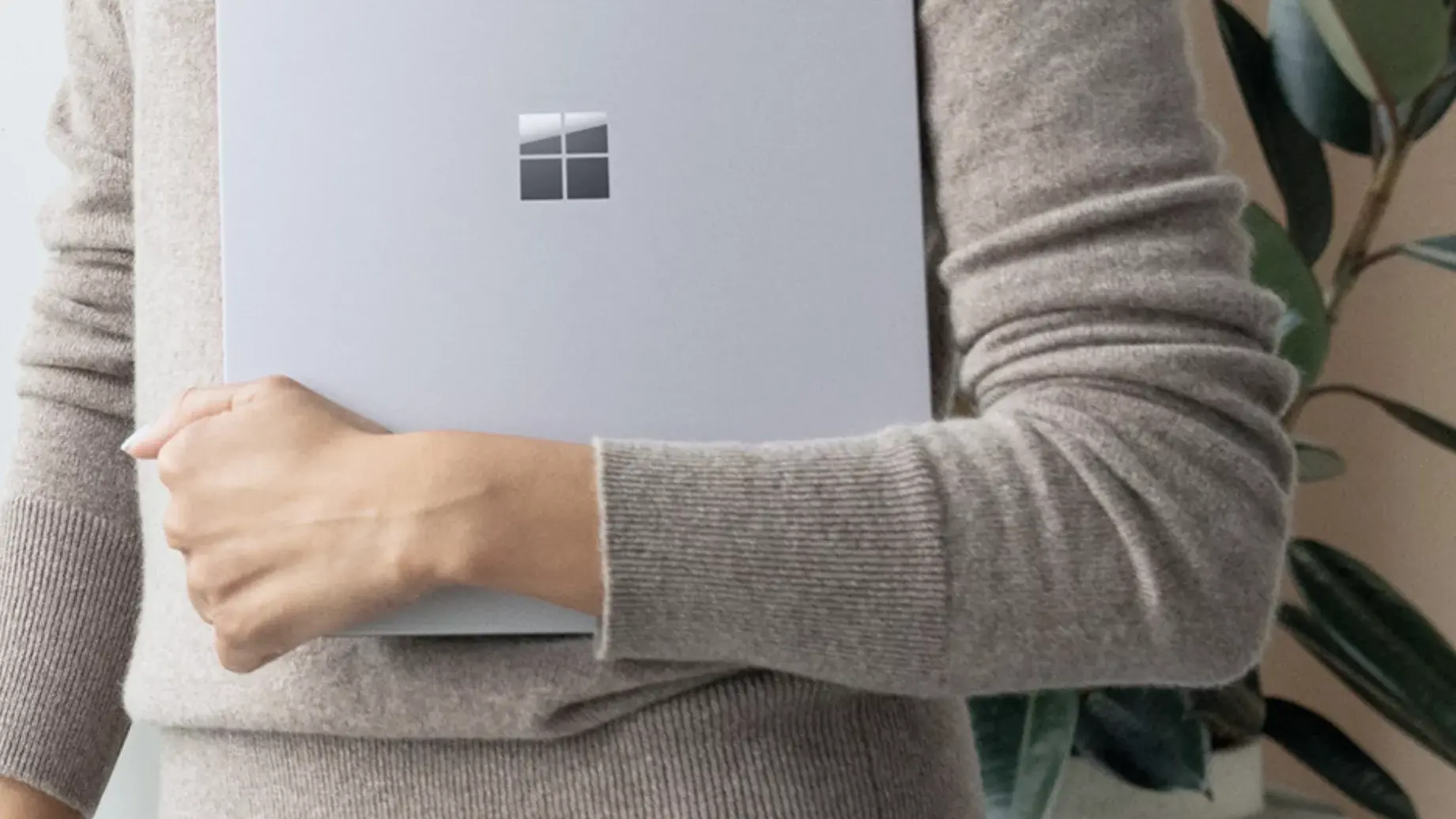Microsoft Surface
Security &
Endpoint Protection
Endpoint Security Begins with Hardware
With endpoint devices increasingly targeted by cyber threats, collaboration between IT and security teams is intensifying to proactively identify vulnerabilities. This heightened emphasis on security is reshaping technology purchases and compelling security teams to adopt new approaches.
Contemporary Windows-based devices, like Microsoft Surface, are equipped with advanced hardware and firmware dedicated to securing both the device and its software. An effective security strategy capitalises on these features, granting administrators control over hardware settings at the deepest level without physical access to the device.

Security from chip-to-cloud
With Microsoft's industry-leading security features built right in, Surface devices protect you and your data, regardless of your work environment. Surface provides world-class, chip-to-cloud security across the multiple layers of hardware, firmware, software, application, cloud, and identity.

Hardware
Surface provides world-class, chip-to-cloud security across the multiple layers of hardware, firmware, software, application, cloud, and identity.
Firmware
Automated updates to Microsoft firmware make start up faster and more secure, while DFCI enables remote management of hardware components. (camera, Bluetooth)

Operating System
With advanced Windows OS security features enabled by default, you're proactively protected from threats.

Cloud
Get peace of mind with always-on security features to keep data, devices, and identities more secure than ever.
Enable Powerful Windows Security with Surface
Password less security
Secure, Windows Hello uses facial recognition as an additional security layer for sign-in authentication.
Secure booting
Surface’s UEFI Secure Boot technology helps prevent malware from running when your Surface computer boots.
Built-in safeguards straight from the factory
Virtualised-based security provides protection against malware by performing isolated security operations.
Strengthening Access Control

Authentication Factors
There are three types of authentication factors typically classified as follows:
Something
you know
Usually a password.
Something
you have
Can be a digital certificate, smart card, or some other hardware token
Something
you are
A biometric, generally a fingerprint or facial recognition.Biometrics are a strong form of authentication. You may forget a password or lose a hardware token, but you always have your face with you.
Enable More Control for IT
Every layer of Surface is maintained by Microsoft, giving you ultimate control, proactive protection, and peace of mind wherever and however work gets done.

Get More Control
DFCI provides control for IT to enable and disable essential hardware components (camera, Bluetooth) at hyper-secure locations for advanced protection.

Firmware Updates
With Windows Update for Business, keep your devices up-to-date and protected, right down to the firmware level.

Manage seamlessly with Endpoint Manager
Deploy and manage down to the firmware layer through the cloud with Microsoft Endpoint Manager and DFCI.

Centrally manage Surface devices
Realise greater efficiency and help reduce IT costs through the Microsoft Surface Management Portal.